| Online: | |
| Visits: | |
| Stories: |
Found–Exact Location Where Jesus Christ Was Crucified, Including ‘The Stone That Had Been Rolled Away’, and Much More! (Breathtaking Videos and Photos)
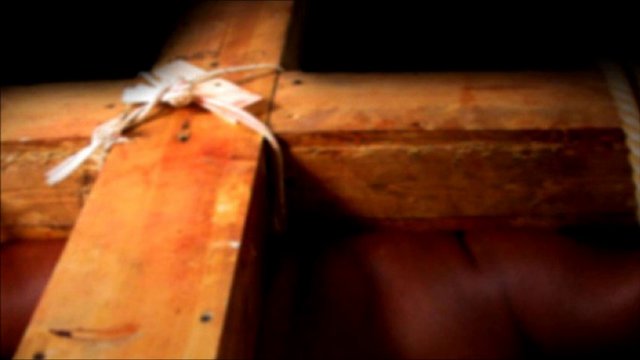
Ron Wyatt claimed that he found the Ark of the Covenant, but was never permitted to provide conclusive evidence.
“More and more we are hearing of new books and tales about the location of the Ark of the Covenant, some based on theories and some based on actual claims of sightings.
“Ron also claimed to have found the Ark in 1982 – but how do you know who to believe? Until you can see solid evidence for yourself, you cannot know for sure who is telling the true story.” Mrs. Ron (Mary Nell) Wyatt
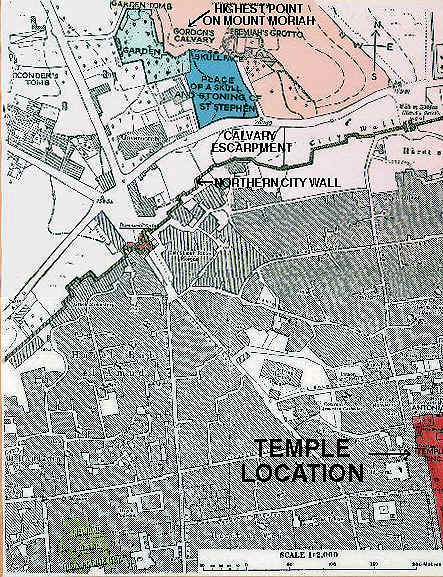
Brief Background
In 1978, Ron and his two sons, Danny and Ronny, decided to take a trip to Israel together. During their trip, they drove to the western shore of the Gulf of Aqaba for scuba diving in search of chariot parts in the Red Sea. But a nasty sunburn caused Ron to have to discontinue his diving.
While preparing for his return trip to the United States, Ron was strolling along an ancient stone quarry, known to most people as “the Calvary Escarpment.” While he was walking, he started talking with a local authority about Roman antiquities. Suddenly, they stopped walking, when Ron’s left hand pointed to a site being used as a trash dump. Out of the blue, he announced, ”That’s Jeremiah’s Grotto, and the Ark of the Covenant is in there!”
Even though the words had escaped his own lips, and his own hand had pointed, he swore that he had not consciously done either of these things. In fact, prior to this event, he had not had a single thought about excavating for the Ark of the Covenant.
Coincidentally, the local authority who accompanied him also reacted in a strange way, which was quite out of character. He remarked, “That’s wonderful! We want you to excavate, and we’ll furnish your permits, put you up in a place to stay and even furnish your meals!”
But, Ron declined his generous offer until he could find evidence, or any justifiable reason to believe the Ark could be in that location. He returned home as planned and absorbed himself in some intense research and study.
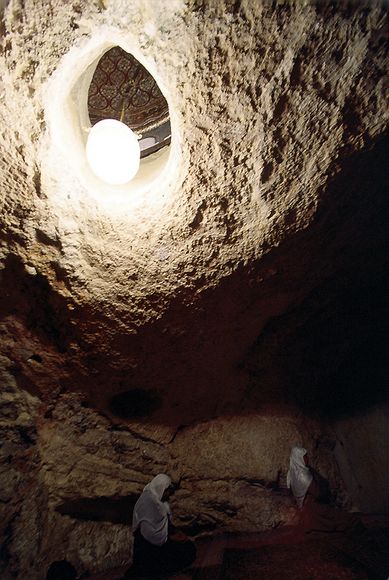
Why the Ark, and Why In That Location?
While scouring the Bible cover-to-cover, Ron discovered the last mention in the Bible of the Ark’s location in Jerusalem, which was around the year 621 BC, 35 years prior to Nebuchadnezzar’s destruction of Jerusalem and the temple. This meant that the Ark vanished from the Divine Record between 621 BC and 586 BC. There could be absolutely no doubt that it was not there after that time since the temple was completely destroyed.
In 2 Kings 24:13, 2 Kings 25:13-18, and Jeremiah 52:17-23, Ron came across a detailed account of the items that were transported to Babylon from the “king’s house” as well as from the “House of the Lord”. What’s more, it aslo mentioned small items such as spoons and more! Yet the Ark was not mentioned. Nor was it mentioned in the lists of artifacts returned from Babylon in the book of Ezra.
Interestingly, Jeremiah 28:3 states that everything taken to Babylon from the “House of the Lord” would be returned. Since the Ark wasn’t included among the returned items, this means that it was never taken there to begin with. Shishak and Sennacherib also removed items from the “House of the Lord”; however, they did not include the Ark of the Covenant.
Ron’s Theory
Ron believed the Ark of the Covenant had been meticulously hidden just before the destruction of the temple when the city was surrounded by the Babylonian siege wall, stored somewhere within the confines of the city wall of Jerusalem and the Babylonian siege wall.
The entire city of Jerusalem, including the temple, were utterly destroyed in 586 BC by the Babylonians. What this means is that the Ark could have only escaped destruction or captivity by being hidden ‘somewhere’ other than the city. The location where Ron pointed, he believed, was outside the ancient city wall but within the siege wall.
Two historical sources state that the ‘sacred objects’ from the temple were carefully hidden by Jeremiah the prophet just prior to the destruction of Jerusalem by Nebuchadnezzar—2 Maccabees and Parilipomena of Jeremiah.
.gif)
Ron concluded that It was supposition based on study, though he had enough information to base his decision upon. As a result, he decided to move forward with the excavation.
In 1979, Ron Wyatt and his two sons, Ronny and Danny, returned to Jerusalem and began the excavations. Eventually, they would unearth endless rock and debris, sifting through every bit of it for artifacts, which was a requirement of the Department of Antiquities.
First, they dug straight down along the face of a cliff, forming a steep wall with the earth they removed. Immediately, Ron discovered a shelf-like niche etched into the face of the cliff. As he continued digging, he noticed there were three of these niches etched into the face of the cliff, including a smaller one to the right side of the others.
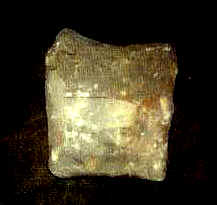
Stone Covering
As the location of the dig was in the vicinity of the “skull face”, known to be a crucifixion site, Ron was convinced that these were cut into the cliff-face to hold “signs” or notices stating the crime of the crucifixion victims in three languages (Hebrew, Greek and Latin). —Wyatt Musem Website
As Ron continued digging, he discovered a First Century building.
His conclusion that it was a First Century building was based on the fact that the earliest coin he found in the dig was a Roman coin of Tiberius who was Emperor from 14 to 37 AD; the latest coins being from about 135 AD. This building was built directly adjacent to the cliff-face and portion of the back wall extended along the actual face of the cliff. The foundations of the building were still in place. —Wyatt Museum Website
Ron discovered a very peculiar large rock too symmetrical to be a natural-shaped rock. But upon lifting it, he discovered that it was concealing a square hole chiseled into the bedrock (see above photo). Upon further investigation, and after clearing away the dirt surrounding it, he realized it had a large crack extending out from it. As they removed even more dirt and debris, he was astonished to discover a platform-like shelf of bedrock that extended approximately eight feet from the face of the cliff, and the squarish hole had been chiseled into the shelf.
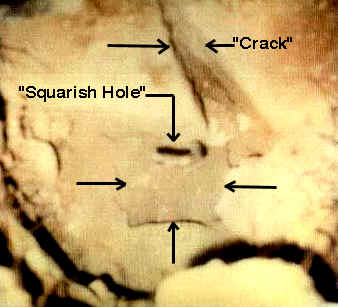
Did Ron Wyatt discover the Ark of the Covenant, and the very place where the crucifixion of Jesus Christ and the two criminals took place? It appears so. But why is there no evidence of his findings?
The Ark of the Covenant found in Jerusalem — New meaning To Prophecies Concerning Christ’s blood




